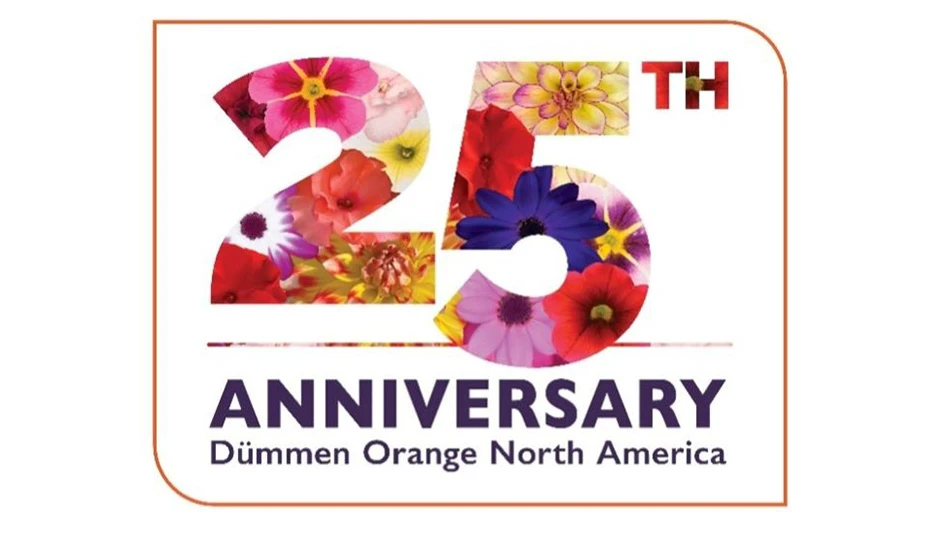

The Heimos family has a long, successful history in the greenhouse industry. The business, N.G. Heimos Greenhouses, was founded in 1952 by Norwin Heimos as a geranium and poinsettia operation. It has only grown in both size and stature since then. In recent years, the grower has become best known for the poinsettias trials it hosts at the Millstadt, Ill., facility; 2017 marks the 10th year of the trials.
Norwin’s grandson Adam Heimos didn’t grow up planning to join his family members in the greenhouse, nor did he even plan on a career in horticulture. But now, the 28-year-old is N.G. Heimos’ head grower and just completed his third year running the trials. Funny how that works out sometimes.
“It was my own curiosity,” he says.
It’s intense, but at the same time, it’s rewarding. For me, personally, it’s learning every day. That’s something I enjoy. — Adam Heimos
What drew him in
It was during college that Adam decided to go into horticulture, while studying at community college, and trying to figure out what career he was going to pursue.
“I had no idea what I wanted to do,” he says. “I had to pay for my own school, so I couldn’t just throw money away on credits. I wanted to pick one thing and get it done with.”
While at community college, he had to fill a science credit. The only available course he found enticing was biology. After two and a half years at a community college, he attended the University of Missouri as an undergraduate student studying crop sciences and found traditional horticulture.
“From there, I fell in love with the chemistry behind plants and how they synthesize and how they grow. It’s all fascinating,” he says. “I just followed that.”
Responsibilities at Heimos
As head grower, Adam says he is currently working 45-hour weeks that will jump to 80-plus during the busy spring season.
“It’s intense, but at the same time, it’s rewarding,” he says. “For me, personally, it’s learning every day. That’s something I enjoy.”
He also gets the opportunity to attend trade shows throughout the year, something many younger growers don’t get to do because older, more senior team members typically get to represent the business. There, he’s able to continue expanding his knowledge to help grow a business that includes several family members, including his father, George Heimos; his aunt, Amy Morris; and his uncle, Bernie Heimos; among several others.

His day-to-day responsibilities include what you’d expect out of a head grower at any operation — managing plant growth, scheduling crop production and any other job that comes up. He’s also able to work on improving his skills. With poinsettias in particular, he has come to relish the challenges of timing them correctly after struggling to master crop timing as a student.
“I still don’t see the glamour [in running the trials], and hopefully I never do because then the ego will just go to my head,” he says. “But I like poinsettias. They are beautiful, the way you have to time them. I always struggled with crop timing and lighting issues at school, and now trying to figure when [poinsettias] initiate, and when they finish, is kind of fun and it’s got its own excitement.”
The future of the industry
As a 28-year-old head grower, Adam is in the unique position of leading a respected business before his 30th birthday, and it offers him perspective. At a time when many operations worry about who will one day run their family business, he is something of an anomaly.
He also isn’t too worried about the future of the industry. In his mind, the formula is simple: Treat employees right and find the people who, like he was in college, are curious about plants, and it will all work out in the end.
“The greenhouse is labor-intensive, and there has to be a reward there,” he says. “Really, for labor, you need to treat your employees well and give them what they need as you get what you need. It’s got to be symbiotic. And you can’t try to muscle them into being lifers until they understand what this industry requires and that things are done the right way and not the wrong way.”
He also says he believes he brings something different to the industry, and to his family business, because he thinks about it beyond the bottom line.
“I want to work with schools to try to get people interested, but I think people are interested from the start. I think they are just scared [of making mistakes],” Adam says. “I think they are just fearful. If someone kills a plant, yes, that’s money, and yes, that’s not good. But I can’t tell you I haven’t killed a plant because I have. What it teaches you is how to not do that again.”

Explore the December 2017 Issue
Check out more from this issue and find your next story to read.
Latest from Greenhouse Management
- Flexible fungicides
- Super Charged Moon Juice from Moon Valley Nurseries now available nationally
- 2025 Proven Winners Horticulture Scholarship applications now open
- How to improve inventory and shipping management in the greenhouse
- Leading Women of Horticulture: Anna Ball, Ball Hort, and Terri McEnaney, Bailey Nurseries
- GM CEA HERB Part 2: A guide to increasing the sowing density of culinary herbs
- GM CEA HERB Part 1: Best practices for producing culinary herbs in controlled environments
- USDA fires experts on invasive pests, including Asian citrus psyllid, chilli thrips






